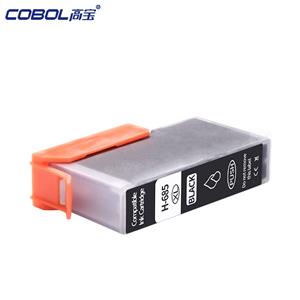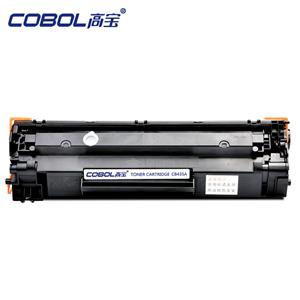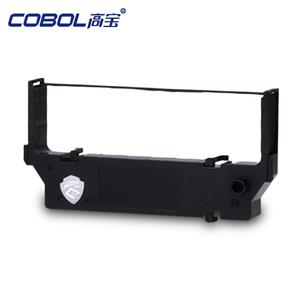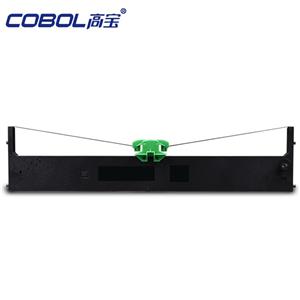What type of printer is the Epson LQ-310?
With the increasing diversity of printer products, laser printers, inkjet printers, thermal printers, and other technologies each have their own market share. However, for certain specific printing needs, dot matrix printers still offer irreplaceable advantages and value. Among the many dot matrix models, the Epson LQ-310 dot matrix printer has long held a prominent position in the professional market.
This article will focus on the core question of "What type of printer is the Epson LQ-310?" and will provide an in-depth analysis of its type attributes, technical principles, structural features, applicable environments, and differences from similar products to help readers accurately understand its professional positioning.
The Epson LQ-310 is a dot matrix printer
The Epson LQ-310 is a 24-pin narrow-line dot matrix printer. In the printer classification system, "dot matrix printer" is a very specific technology type. Its operating principle relies on needle-like elements in the print head that strike the ink ribbon, depositing ink in the form of dots onto the paper surface, thus forming text, numbers, or graphics.
Unlike laser and inkjet printers, the LQ 310 dot matrix printer doesn't rely on powdered toner or liquid ink jets, but instead uses a ribbon impact method. This feature gives it significant advantages for specialized tasks such as continuous printing and multi-copying, making it a popular choice for applications such as financial documents, warehouse delivery orders, and bank receipts.
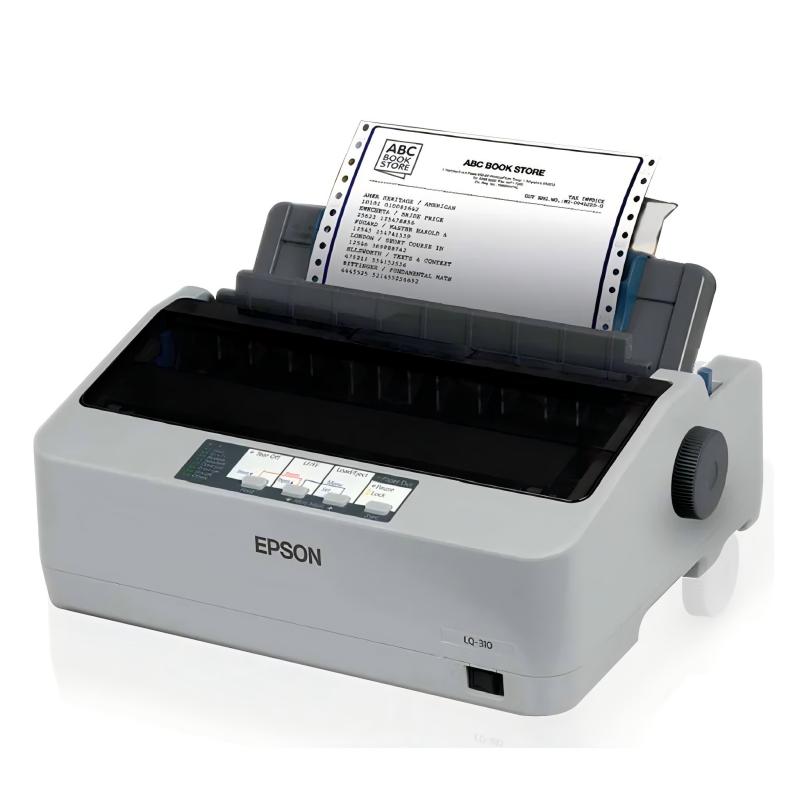
LQ 310 dot matrix printer technical principles
1. Dot matrix printing principle
The core of the LQ 310 dot matrix printer lies in "pin impact." Its internal print head contains 24 vertically arranged print pins, which move rapidly back and forth via electromagnetic or piezoelectric drive. These pins strike an ink ribbon, which then contacts the paper surface, depositing ink in a dot pattern. Multiple dots combine to form recognizable characters or patterns.
2. The Significance of the 24-Pin Design
Compared to traditional 9-pin dot matrix printers, the Epson LQ-310 dot matrix printer uses a 24-pin fine print head, which means:
• Higher vertical resolution and smoother character edges;
• Clearer print details, especially when printing small fonts or table lines;
• More dots can be accommodated within the same area, improving overall readability.
3. Unidirectional and Bidirectional Printing
This model supports bidirectional printing, meaning the print head prints both when moving from left to right and when returning from right to left. This significantly increases printing speed and reduces waiting time.
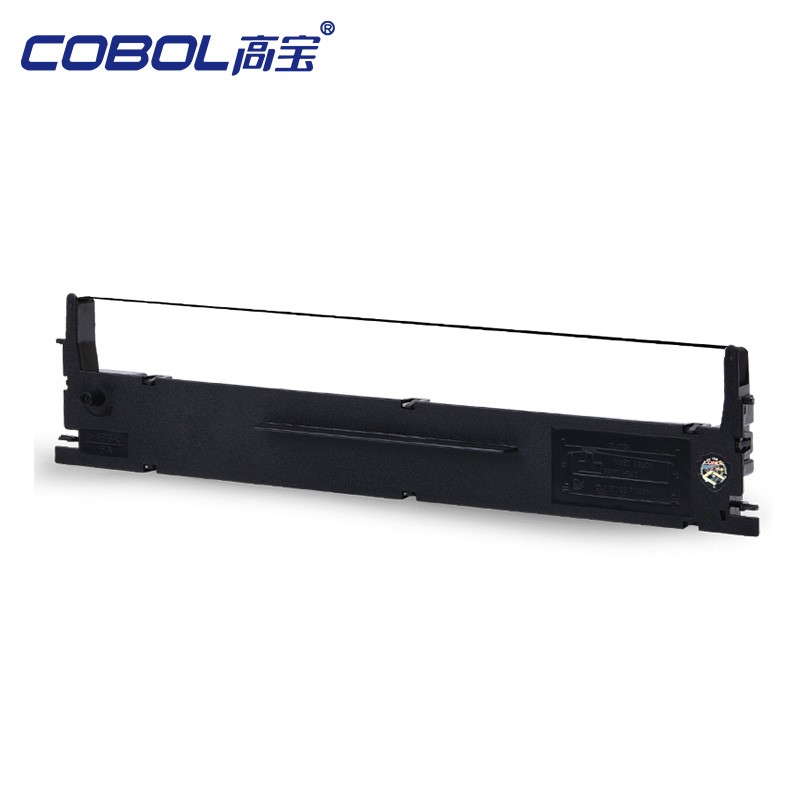
(Ribbon for the LQ 310 Dot Matrix Printer)
LQ 310 Dot Matrix Printer Structure and Component Functions
The LQ 310 dot matrix printer consists of the following key modules:
1. Print Head Assembly
Composed of 24 precision pins, it directly determines output quality. The print head typically has a lifespan of hundreds of millions of strokes, enabling long-term continuous operation.
2. Ribbon Assembly
Uses endless ribbon or ribbon cartridges with a durable ink coating, making it suitable for high-volume printing. The ribbon is low-cost and easy to replace.
3. Paper Feed
Supports both friction and roller feed methods. It can print on both single-sheet and multi-part carbon paper, and supports continuous paper rolls.
4. Control Circuit Board
The internal motherboard interprets print commands from a computer or host computer and converts them into signals for the printhead.
5. Housing and Operation Panel
The exterior housing is sturdy and durable. The panel provides status indicators and basic buttons for convenient operation, such as online, pause, and paper change.
LQ 310 Dot Matrix Printer Performance Features
1. Print Speed
In high-speed mode, the LQ 310 Dot Matrix Printer can achieve approximately 416 characters per second, meeting the needs of quickly outputting large amounts of text.
2. Print Width
This is a narrow-line model with a standard print width of 80 columns, suitable for narrow-format paper such as receipts, invoices, and slips.
3. Multi-copy Capability
It can print one original and three copies at a time, which is crucial for financial documents and logistics documentation.
4. Interfaces and Compatibility
It comes standard with a USB interface, and is compatible with optional parallel and serial ports. It supports multiple print command sets (such as ESC/P2).
5. Durability and Reliability
It boasts a mean time between failures (MTBF) of over 10,000 hours, and a print head lifespan exceeding 400 million strokes, making it durable enough to withstand prolonged high-load environments.
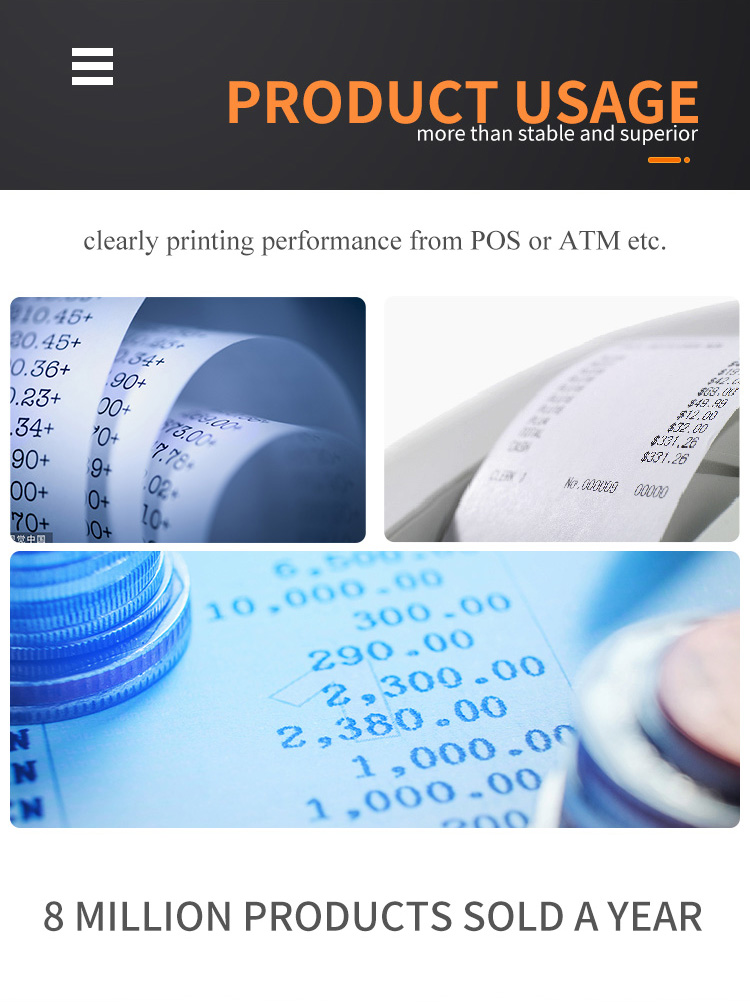
Differences between the LQ 310 dot matrix printer and other printer types
1. Comparison with inkjet printers
• Different imaging methods: Inkjet printers spray liquid ink onto paper, while dot matrix printers use needles to form images using a ribbon.
• Consumables: Dot matrix ribbons are inexpensive and have a long lifespan, while inkjet cartridges are relatively expensive.
• Applicable paper: Dot matrix printers can process multi-copy paper, while inkjet printers can only print single pages.
2. Comparison with Laser Printers
• Speed and Resolution Differences: Laser printers offer faster speeds and higher resolution, but are not suitable for continuous, multi-page printing.
• Environmental Compatibility: Dot matrix printers are more adaptable to high temperatures and dusty environments, while laser printers require a cleaner environment.
3. Comparison with Thermal Printers
• Durability: Thermal paper fades over time, while the plain paper output of the LQ 310 dot matrix printer offers long-lasting storage.
• Cost and Scope: Thermal paper is expensive and limited, while dot matrix printers can be used with plain paper and carbon paper.
LQ 310 Dot Matrix Printer Application Environment and Applicability
Although inkjet and laser technologies are now predominant in the market, the LQ 310 dot matrix printer remains irreplaceable in the following areas:
• Finance: Printing invoices, vouchers, and bills
• Logistics and warehousing: Printing delivery notes, outbound and inbound notes
• Banks and financial institutions: Printing multi-copy documents
• Government agencies: Archiving documents and forms
• Industrial production: Batch production records and data sheets
Can COBOL offer competitive wholesale prices?
Yes. As a China-based manufacturer and supplier, we understand the importance of cost control. Our wholesale and bulk purchasing options come with attractive discounts and promotional offers. We supply a full range of printing consumables, including toner cartridges, printer ribbons, and ink cartridges.
Buyers can request detailed quotes, and our sales team will ensure they receive the best prices without compromising the high quality for which our company is known.

